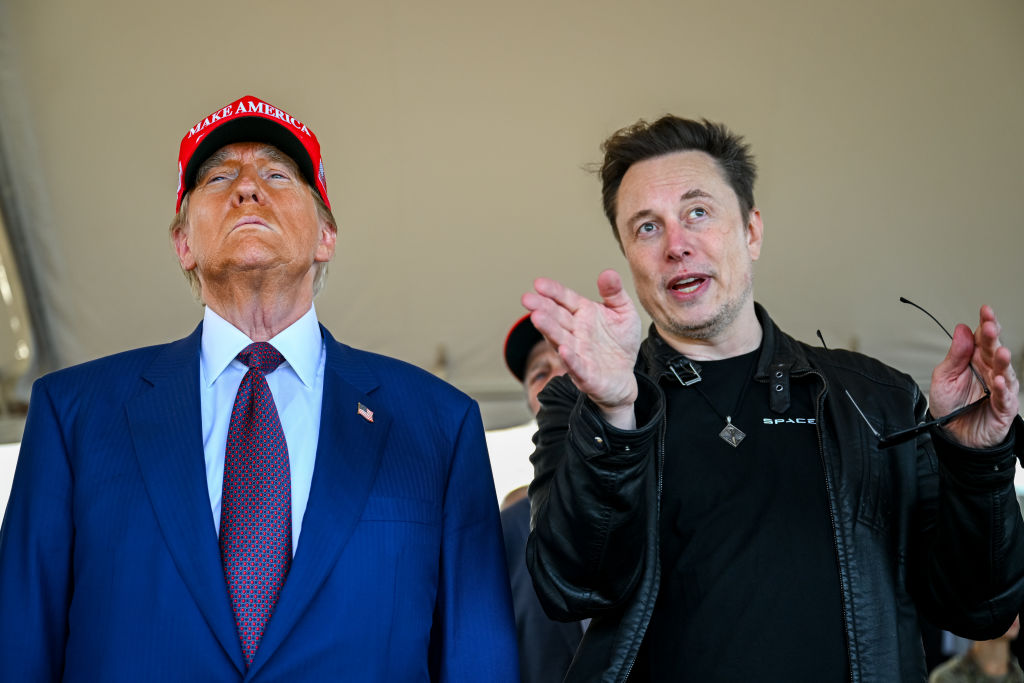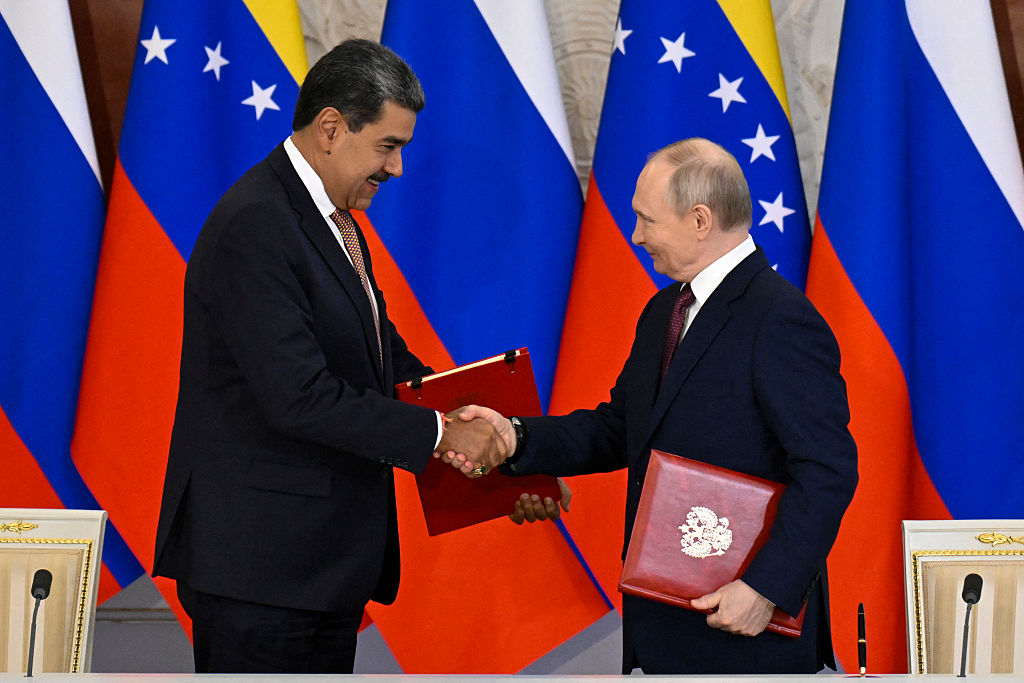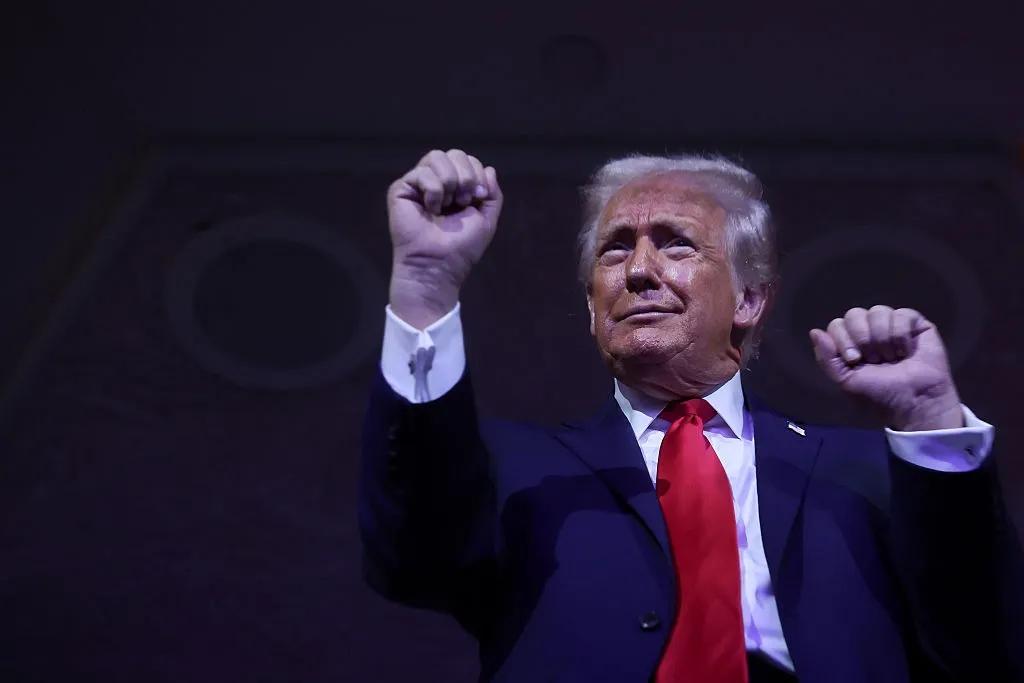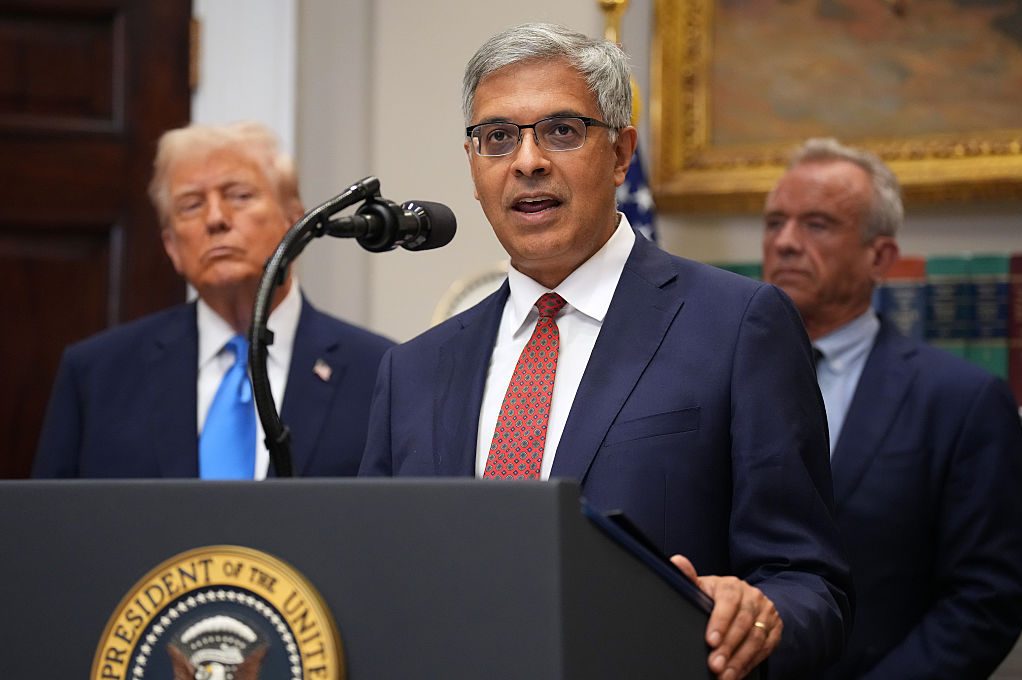Donald Trump may have a four-year term, but he has far less time to make a real difference. In practice, he may have a year or perhaps eighteen months before the midterm election looms and Congress slows to a crawl. If Trump wants to be a transformational president — and he clearly does — then he will have to move fast.
That’s exactly what he’s doing. He’s beginning with a series of rapid-fire appointments, most of which require approval from the new, Republican-majority Senate. (His White House aides, such as national security advisor, do not require Senate approval.)
What message is Trump sending with his appointments so far?
First, he demands loyalty — to him and to the agenda he articulated clearly on the campaign trail. Having run on that agenda, he can reasonably claim the public voted for it. He also learned from mistakes in his first term, when some of his own top appointees resisted his agenda. Trump has no intention of repeating that mistake.
Second, he means to transform Washington, primarily by slashing the size of government and power of regulatory agencies whose edits govern the country. They are the unelected Fourth Branch. They are nominally under the president but, all too often, they act independently of him and, indeed, of any democratic control. Put bluntly, they are unelected, unaccountable and unconcerned about the costs they impose on citizens and businesses.
Pairing back that bureaucratic undergrowth and reasserting presidential control is the reason Trump formed the Department of Government Efficiency (DOGE), headed by Elon Musk and Vivek Ramaswamy. The success of their enterprise will be the surest measure of Trump’s effort to transform Washington.
DOGE’s primary effects will be to reduce “rule by bureaucratic fiat” and restore democratic accountability. Its secondary effects will be to save money and increase economic growth.
Who could oppose that? The Democratic Party. They are the “Party of Government,” the party that spent the past century building this administrative state and stocking it with their apparatchiks. They will not go gently into that sweet night. They will have solid support from the legacy media, with its dwindling audience.
Trump’s challenge in pairing back the administrative state is not only to make real progress but to lock it in. The more he accomplishes by executive orders, the more vulnerable it is to abolition by the next Democratic president. Look at what President Biden did in his first week to Trump’s successful border policies. He killed them. If Trump is to lock in major changes, he must do as much as possible by laws, passed by Congress.
Third, to effect this transformation, Trump is already showing he is a man in a hurry. He is naming senior officials quickly because he and his team have been around the block once before and know who they can trust — and who they cannot.
Trump has moved slowly on only a few crucial posts, notably his secretary of the treasury and FBI director. He quickly ended the fruitless (and unworthy) appointment of Matt Gaetz for attorney general, a crucial position if he is to end that department’s eight-year lawfare battle to ensnare him.
Speedy nominations are important for two reasons. The first, mentioned earlier, is that Trump doesn’t have much time to push through most of his ambitious agenda. Most of it needs to be done in the first year, if it is to be done at all. Second, Trump not only needs to name top-level people, he needs to give them time to select their deputies and assistants. Those aides, who occupy the top three or four levels in each agency, control most of the day-to-day work and need to be vetted by the Trump team to make sure they are committed to the president’s agenda. Otherwise, it’s James Comey, Andrew McCabe and Peter Strzok all the way down.
America is unique in allowing the president to fill so many top administrative positions. In most democracies, by contrast, the prime minister appoints a dozen or so cabinet members but no one below them. Every position below cabinet level is filled by career civil servants. “Yes, minister,” they say, before quietly killing his initiatives.
The president has much greater authority to appoint senior officials, but he has to use it wisely to avoid the same old problems. For Trump, that means each new pick for his cabinet needs time to work with the Trump team to select deputies who will direct key policy areas. (The sheer number of appointments creates problems for the incoming Senate since all these deputy-level appointments need Senate confirmation. That slow process inevitably impedes the president’s agenda.)
For appointees to be effective, they not only need to support the president’s agenda, they need to have enough administrative experience to control the agencies they lead. When agency leaders lack that experience, they face the “Yes, minister” problem. The permanent bureaucrats beneath them, who have been there for decades and know all the tricks, will tie the president’s agenda in knots. How do we know they will oppose Trump’s agenda? Well, here’s a hint. In 2024, Trump got 6.7 percent of the vote in the District of Columbia. The other 93 percent loathe him.
Fourth, Trump is clearly more aggressive than in 2016, both on policy and on prospective confirmation battles. Although he may be forced to compromise on one or two if the Senate resists, he’s not trying to avoid those battles. If he were, he would never have named Matt Gaetz, Robert Kennedy, Jr., Dr. Oz and several others. Those are “in your face” nominees, meant to signal a transformative agenda. Still, it is striking how quickly he got out of his worst choice, Matt Gaetz for attorney general, when it was clear he could not be confirmed. It’s not clear, as yet, whether Gaetz jumped or was pushed, but we do know that he didn’t leave for policy reasons. Trump would have fought for him on those grounds. Pam Bondi, Trump’s new pick for AG, is a much smarter choice. She is close to the president and served as Florida’s attorney general for eight years.
The doomed Gaetz nomination was important for another reason. It suggests Trump is paying more attention to personal loyalty and bulldog ferocity than to managing complex bureaucracies. That’s a problem since tens of thousands of permanent government employees are determined to thwart Trump’s agenda. The same issue — lack of administrative experience — surrounds the nomination of Tulsi Gabbard for director of national intelligence and Pete Hegseth for secretary of defense. (Hegseth also faces allegations of sexual misconduct, which he denies.) Hegseth, a decorated combat soldier, will undoubtedly help with recruiting. But he has been named to lead the single largest employer in the world. That’s not a good place to begin management training.
At the opposite extreme are some deeply-experienced nominees for the Departments of Energy and the Interior. They will move swiftly to implement Trump’s declaration of “Drill, baby, drill.” The lower price of energy will be reflected in lower costs across the economy.
The good news is that price increases have already slowed significantly. The bad news is that they soared in Biden’s first two years, thanks to his budget-busting programs, and outpaced wage gains. The challenge for Trump (and the Federal Reserve) is get inflation back to the 2 percent target without triggering a recession. (Inflation is now between 3.5 percent and 4 percent, depending on what is measured). The challenge will be even harder if Trump implements major tariff increases, as opposed to merely threatening them to work out better trade deals.
Trump’s immediate challenges will be to grow real incomes (that is, nominal incomes adjusted for inflation) and to increase public safety by deporting gang members who entered the US illegally. Democratic governors and mayors are already signaling they will fight him every step of the way. They haven’t settled on a positive agenda yet and may not do so until the next presidential election. The key issue is how much they will move back to the center and away from progressive positions. They may not know what they will do, but at least they know what they won’t do. They won’t help Trump pass his agenda. The governors of Illinois, Colorado, California, Massachusetts, New York and New Jersey have already proclaimed they will do everything they can to stop him.
That may (or may not) be a winning strategy in deep blue states, but it is a loser everywhere else. The public voted for change and told pollsters, by overwhelming margins, that the country is headed down the wrong track. Trump’s challenge will be to get that train on the right track, to deliver real change and restore public confidence. In the short term, that means more jobs, higher real wages, better public safety and effective control of the border. Over the longer term, it means shrinking the metastasizing Beltway Blob and returning government to control by the citizens and their duly-elected representatives.
Buckle up. It’s gonna be a bumpy ride. But at least it won’t be in a mandated EV.


























Leave a Reply